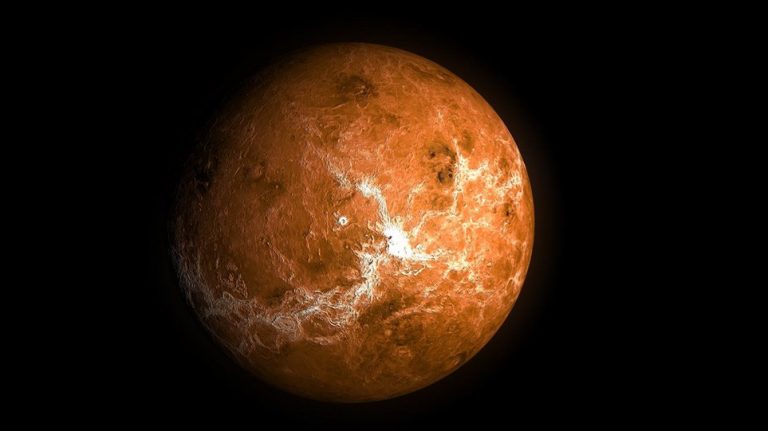When Jörn Helbert found out that a team of astronomers had discovered phosphine gas on Venus, he grew excited.
Naturally occurring phosphine on Earth is only ever made by bacteria. Therefore, the presence of phosphine gas on Venus could mean the planet harbors alien life.
But Helbert, himself a planetary researcher at the German Aerospace Center, was especially delighted because of the discovery’s timing. It just so happened that a spacecraft he’s using for research, the BepiColumbo, was on its way to Venus at that very moment. What’s more, it had an instrument on board that could potentially detect phosphine in the superheated planet’s atmosphere.
“It’s fantastic,” Helbert told Business Insider of the timing. “Being able to take [this] data makes me very happy.”
At the time of the Nature study’s publication in mid-September, the BepiColumbo was just over a month out from Venus. Now, its approach nears. It’s scheduled to fly by the planet late at night on Wednesday, October 14, reaching its closest point at 11:58 p.m. ET.
At its nearest point, BepiColumbo will be about 6,200 miles (10,000 km) away from Venus, which could be too far to get a good reading. The infrared instrument Helbert has onboard, called the MERTIS for short, is better suited for Mercury, its final destination.
Read more: Business Insider
Ask me anything
Explore related questions





